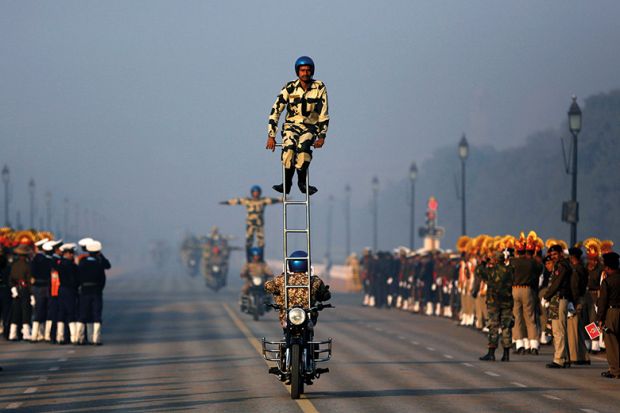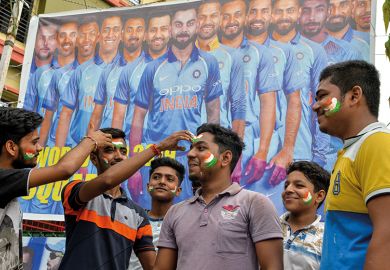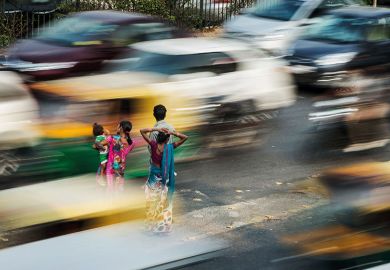India’s scheme to promote a select number of universities to “institutes of eminence” status has been labelled “a huge farce” after the government finally reached its target of bestowing 20 campuses with the award.
The Indian government this month announced the names of 14 universities that would be supported through the excellence initiative, joining the six institutions that were assigned the status last summer. The government had planned to grant the status to 20 universities last year but the head of the committee in charge of shortlisting the candidates said that the panel “could not find 20” suitable universities, with reports suggesting that this was on the grounds of the poor quality of teaching and research.
Many experts have criticised the initiative as chaotic (hitches have included the selection committee scrapping its initial shortlist because it used the wrong indicators), but further concerns have been raised about the scheme in the wake of the announcement of the new beneficiaries.
Local news reports claim that the two new state universities on the list will require their state governments to provide some of the additional funding that is promised through the scheme – or the institutions will lose their status.
Meanwhile, the yet-to-be-established Satya Bharti University has been selected under the controversial “greenfield” category, which already includes the proposed Jio Institute. A statement from the Ministry of Human Resource Development said that such institutions were considered only if any slots were vacant after reviewing existing universities that featured among national or international rankings.
Apoorvanand, professor in the department of Hindi at the University of Delhi, said that “the condition of additional funding by the state governments as a precondition is baffling”, and he questioned why the committee did not demand matching funds from central universities.
“Moreover, if this was the condition, the application of a state university should not have been entertained in the first place without that promise of matching grant by the state governments,” he said.
Professor Apoorvanand, who is a vocal critic of the prime minister, Narendra Modi, added that some of the private universities that have been awarded the status were “family enterprises” where “academics are not the decision-makers”, which he said raises the question of how they “qualify as eminent institutions”.
Meanwhile, the committee “has not thought it necessary to visit any of the applicants [or to talk] to the membership of the institutions [and get] a feel of it. Merely by looking at the papers has it reached its decision,” he said.
“Keeping all this in mind, one can only say that the whole exercise is a huge farce.”
Pushkar, director of the International Centre Goa, which describes itself as a non-profit autonomous society that brings together academics and creative people from India and around the world, said he “did not find any mention of shared funding” by state governments in the guidelines issued by the University Grants Committee when the initiative was announced in 2017.
“I assume that this is one of the many improvisations the selection committee and/or the UGC have come up with,” he said.
But Alan Ruby, senior scholar at the Alliance for Higher Education and Democracy at the University of Pennsylvania – who advised the Indian government on the initiative – said that it was reasonable to require state governments to match funding because the country’s constitution makes education a shared responsibility.
“If they want a say in the policy arena, they need to put some money down,” he said.
Register to continue
Why register?
- Registration is free and only takes a moment
- Once registered, you can read 3 articles a month
- Sign up for our newsletter
Subscribe
Or subscribe for unlimited access to:
- Unlimited access to news, views, insights & reviews
- Digital editions
- Digital access to THE’s university and college rankings analysis
Already registered or a current subscriber?








